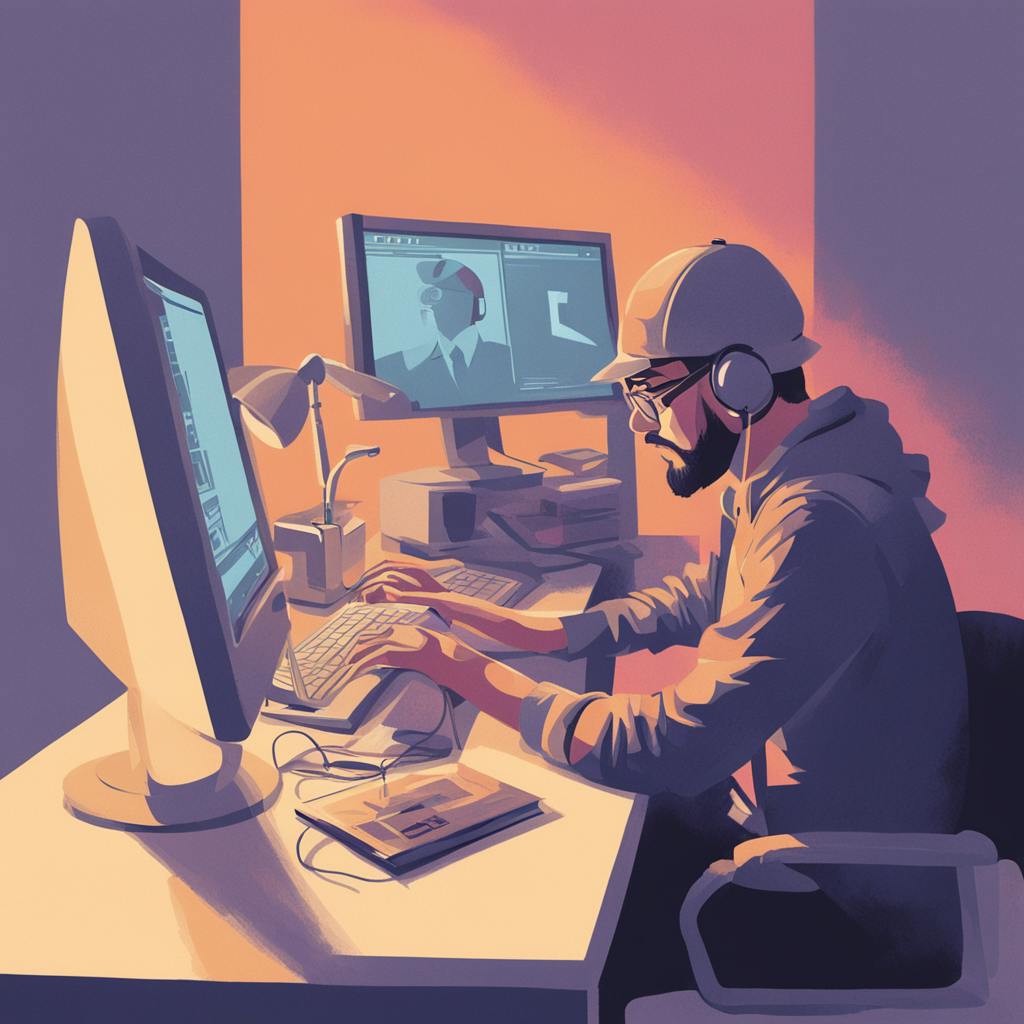Industrial Designer

AI made with Dean Jones
Industrial Designers merge aesthetics with functionality, crafting products that are both visually appealing and user-friendly. Their designs, whether for everyday household items or innovative gadgets, shape how we interact with the world around us.
Key Responsibilities:
1. Conceptualization: Drafting initial design ideas based on market research and user needs.
2. Prototyping & Modeling: Creating physical or digital models of new products.
3. User Testing: Gathering feedback to refine and enhance design concepts.
4. Collaboration: Working with engineers and manufacturers to ensure designs are feasible and cost-effective.
Skills and Qualifications:
- Creativity & Vision: The ability to see beyond the ordinary and envisage innovative product designs.
- Technical Acumen: Knowledge of materials, production processes, and CAD tools.
- Problem-Solving: Addressing design challenges with functional solutions.
- Communication Skills: Presenting ideas clearly and collaborating with cross-functional teams.
Educational Requirements:
A bachelor's degree in industrial design, engineering, or a related field is typically required. A strong portfolio showcasing original designs and problem-solving aptitude is essential.
Industrial Designers are the bridge between form and function, ensuring that products not only catch the eye but also enhance user experience.